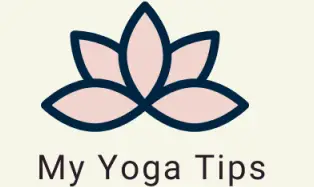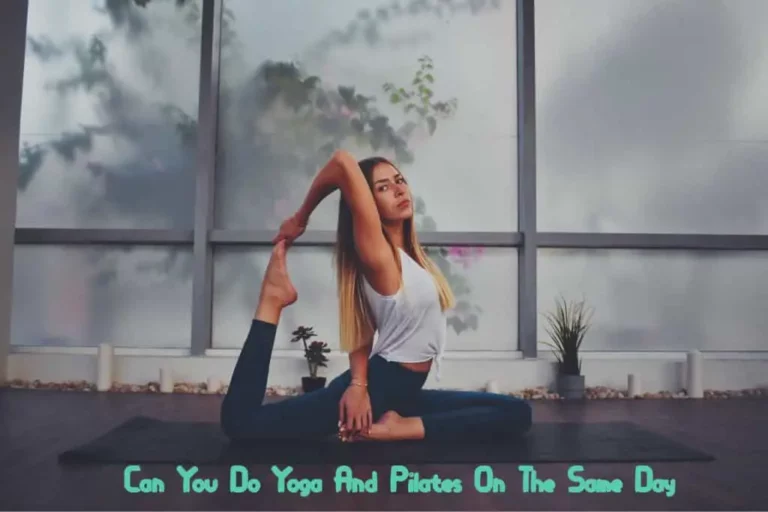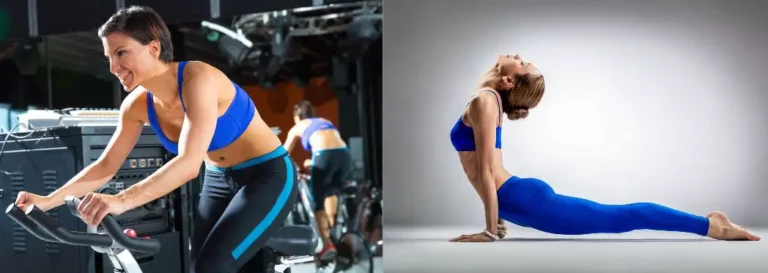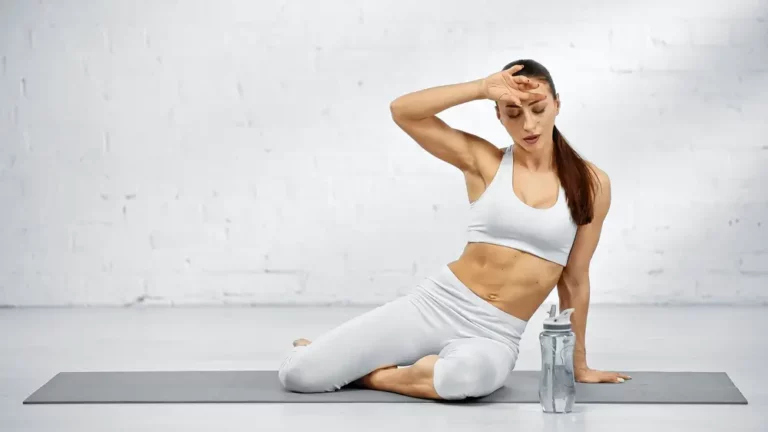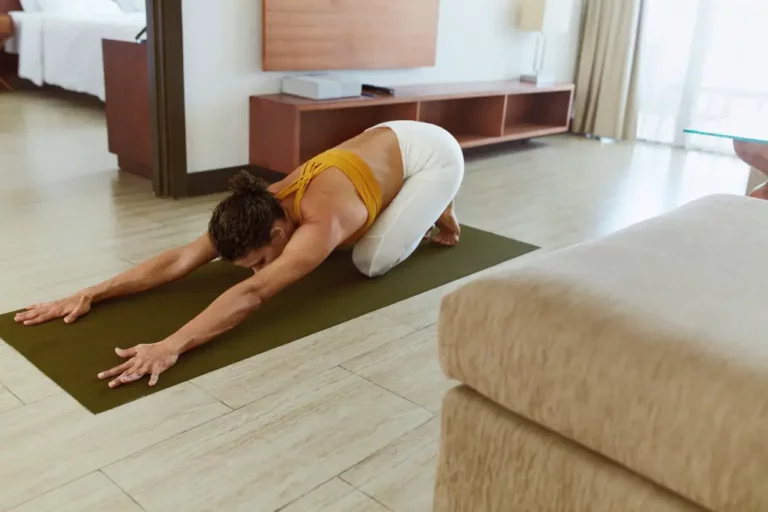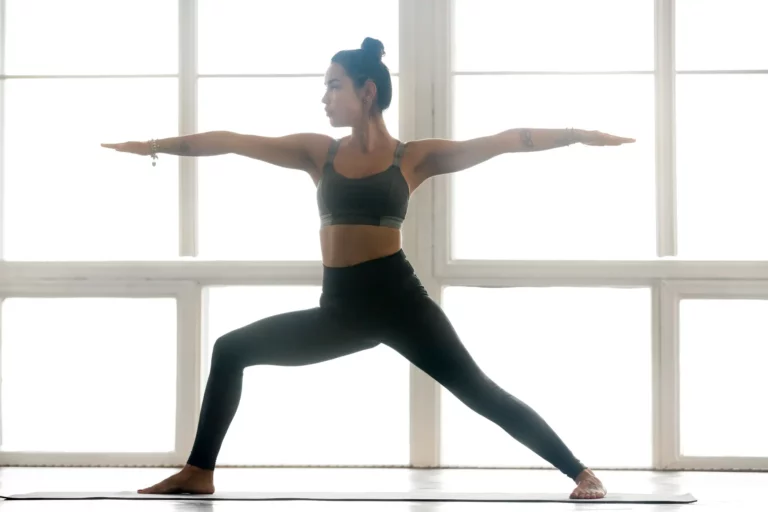Can You Do Asanas After Pranayama?
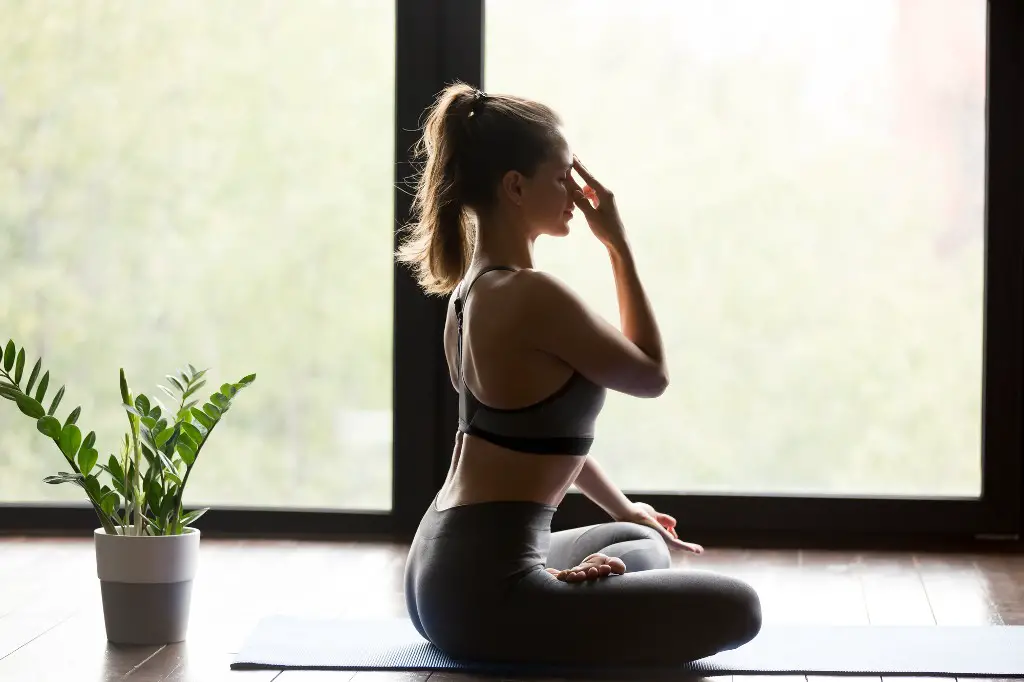
After practicing my asanas for numerous years, I am ashamed to admit that it has taken so long to realize that I have only just scratched the surface with my yoga practice.
So, I started researching pranayama as I wanted to explore this mystical component of yoga. However, with so many contradictory statements from leading Yoga Gurus, I questioned whether I could do asanas after pranayama?
You can do asanas after pranayama at the beginning of your practice, as correct breathing techniques form a strong foundation for asanas. However, traditionally yogis may not do pranayama unless they have fully mastered their asanas and gained a complete awareness about their physical limitations.
While you can practice asanas after pranayama, there are two conflicting “schools of thought “regarding the order in which these must be practiced.
Some proponents of modern-day yoga oppose traditional yoga sutra teaching methods to such an extent that it raised a few “red flags”. Below we explore the benefits sequencing and differences between these methods.
The Traditional Sequence of Asanas and Pranayama
In accordance with traditional yoga practices, asanas are performed first, followed by shavasana, pranayama, and meditation (dhyana) since the body must foremostly be prepared to manifest prana.
As I said earlier, there are two opposing beliefs held by contemporary and traditional yoga teaching proponents regarding the correct sequence in which yoga should be practiced.
Asana and Pranayama in Modern and Traditional Yoga Instruction
Modern-day yoga teachers believe that it is better to teach their new students to master pranayama methods before teaching them asanas routines. It will strengthen their asanas and ultimately provide their students with the ability to meditate comfortably, without being distracted at the end of their daily lives practice.
This modern-day approach contrasts sharply with yoga traditionalists who adhere to the ancient yoga sutras that stipulate those yogis should always practice asanas before pranayama. The reasoning behind this belief is that no matter how healthy a yogi thinks that they are, they might suffer from underlying health problems pertaining to their internal organs and nervous system that is unbeknownst to you.
Mastering the 84 classical asanas will highlight potential weaknesses in the body and ways to overcome them to enter the pranayama kosha or the “pranic sheath ultimately.”
Asanas have a dual purpose as they revitalize our organs, limbs, and nervous system. Still, most importantly, they activate our vital force, which would generally be dormant in the body’s “pranic sheath.”
On a cautionary note – pranayama may have harmful effects on your mind and body if a yogi is not sitting with the correct posture learned in their comprehensive asana practice, their internal organs are not healthy, or their nervous system is unbalanced.
Pranayama may also be harmful if the practitioner suffers from low or high blood pressure, diabetes, heart conditions, or epilepsy. It should be remembered pranayama is a sophisticated practice requiring robust building blocks built-in a comprehensive asana practice.
Differences Between Asanas and Pranayama
In the Patanjali Yoga Sutra, one of the most prolific texts in yoga, Maharishi Pantanjali refers to Ashtanga Yoga which is the primary yoga system consisting of eight (ashta) limbs (or anga).
The eight limbs, comprising of yama, niyama (the moral codes), asana (poses), pranayama (breathing), pratyahara (withdrawing your senses), dharana (concentrating), samadhi (spiritual absorption), and dhyana (concentration), all move as one, and not as eight separate steps. These beautifully intertwined yoga limbs are harmoniously interlinked to complement and enhance each other greatly.
The Asana Yoga Method
Asanas, loosely translated from Sanskrit as “a steady and comfortable seat,” can be defined as any position or pose that is stable and enjoyable. Initially, it was a meditation pose that has since become synonymous with any position, whether standing, balancing, or reclining poses in hatha yoga.
Though, it is imperative to maintain an upright spine with an elevated crown for the asana practitioner’s energy to flow in their meditative state, even when the asana is not in a seated position.
How many Asanas are there?
There has been much debate about the number of asanas that have been practiced throughout the course of history. In the ancient texts of hatha yoga, Lord Shiva taught 84 asanas, or classical poses.
Lord Shiva taught his students to practice four essential asanas if they wanted to attain spiritual enlightenment.
They consist of:
- Accomplished Pose (Siddhasana)
- Lotus Pose (Padmasana)
- Gracious Pose (Bhadrasana)
- Lion Pose (Simhasana)
In contrast, other classical texts refer to 8.4 million asanas representing each living creature on Earth.
While the number of asanas is in dispute, they are all comprised of gentle stretches that have a powerfully soothing impact on the practitioners’ musculature and nervous system.
The Importance of Correct Breathing
Yogis can maintain a pose with the least effort due to their efficient breathing methods and heightened meditation. Their minds are peaceful and do not interfere with the practitioner’s ability to control their movements.
A yogi’s asana benefits may be enhanced by employing pranayama methodologies like the kapalbhati or ujjayi breathing techniques. They create greater mindfulness that unifies the body, mind, and soul.
The Pranayama Yoga Method
In Sanskrit, pranayama consists of “prana,” which means life force, and “Yama,” which means to gain control. Pranayama may also be classed as an extension of breath. It is an essential practice as every cell in our bodies requires oxygen to function optimally and yoga can effectively maximize the benefits of this.
Pranayama consists of a range of ancient, controlled breathing techniques that increases the practitioner’s life force to regulate energy and, by default, quietens their minds.
There is a close correlation between breathing and the mind. To illustrate, when a yogi’s state of mind changes, it will alter the rhythm of their breathing.
Although there are various forms of pranayama, they all require that the practitioner sits either on their knees (in vajrasana) or with crossed legs (in the lotus position) with a lengthened, upright spine.
The Seven Primary Forms of Pranayama
- Natural breathing practitioners observe their natural breathing patterns to centre their bodies and minds and become aware of any tension held in the body.
- Dirgha pranayama is a complete three-part breath that utilizes the significant components of the lungs to breath optimally and stimulates the solar plexus, heart, and throat chakras. This breathing method also clears mucus and relieves congestion in the practitioners’ air passages, improving their lung capacity.
- Ujjayi pranayama, otherwise known as the victory breath, or ocean breath due to the sound the practitioner makes, requires the constriction of the back of the throat’s glottis muscle to create gentle hissing noises that soothe the mind and increases the practitioner’s ability to concentrate.
- Kapalabhati pranayama, or the “skull shining breath,” is an energizing breathing technique that tones the abdominal muscles and clears sinuses. It is an internal purification method that removes toxins in the body and invigorates the mind and body.
- Alternative nostril kapalabhati breathing methods enhance the balance and connection between the brain’s left and right sides and clear out the practitioner’s lungs.
- Nadi shodhana pranayama, or the “channel purifying breath,” is an alternative nostril breathing method that directs the “nadi” or energy pathways. It is believed that by increasing the body’s oxygen levels, breathing can purify their blood, reduce stress levels, and calm the mind.
- Simha pranayama, otherwise known as “the lion’s breath,” is an energizing breathing method that releases facial tension and vastly improves body circulation. The added benefit is that it releases anger and can even induce laughter.
Consequently, the main difference between asanas and pranayama is that asanas bolster physical strength and mental peace with controlled breathing techniques. In contrast, pranayama enhances breathing and cognitive control that requires a steady and comfortable posture acquired in asana practice.
While there is a difference between asanas and pranayama, they are both essential to creating a deepened meditative state that is founded on a profound union of the breath, body, and mind.
Conclusion
Even though there are credible arguments concerning the ideal sequence in which asana and pranayama should take place, they are both mutually dependent facets of yoga that culminate in a profound sense of physical, mental, and spiritual wellbeing.
It is now up to you to make an informed decision in this regard to deepen your yoga practice and to profoundly light your path to Nirvana.
